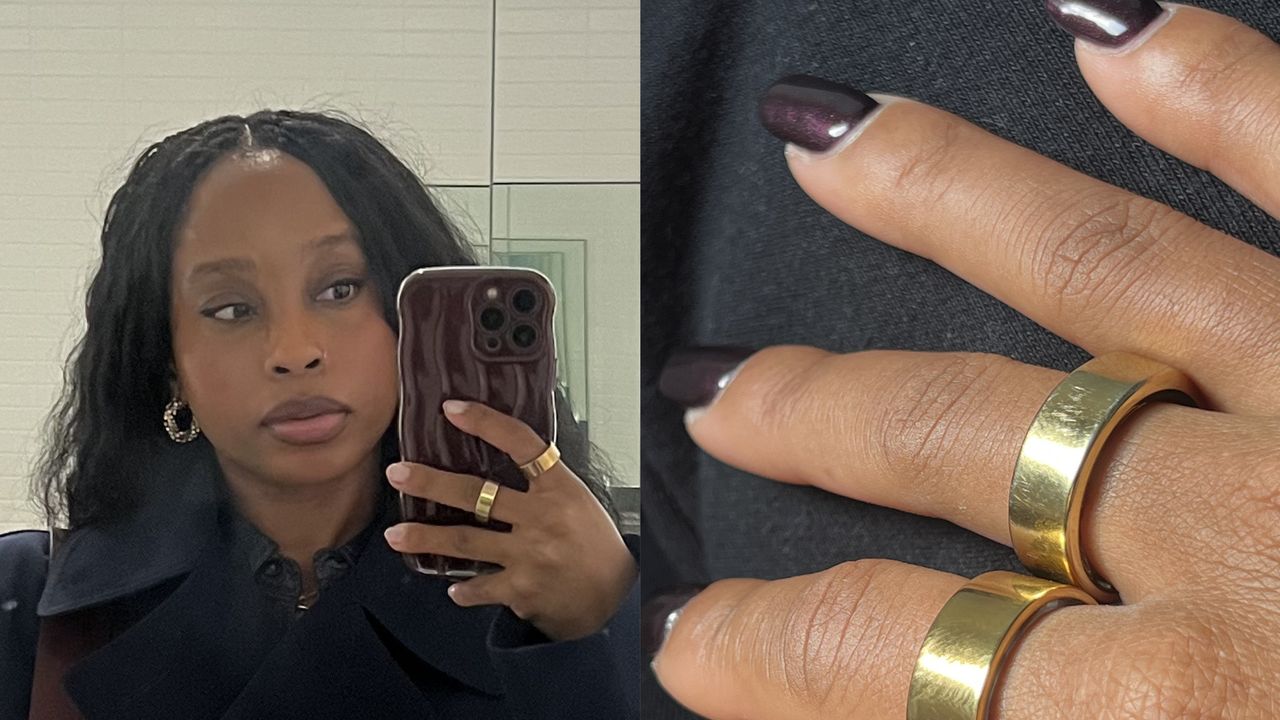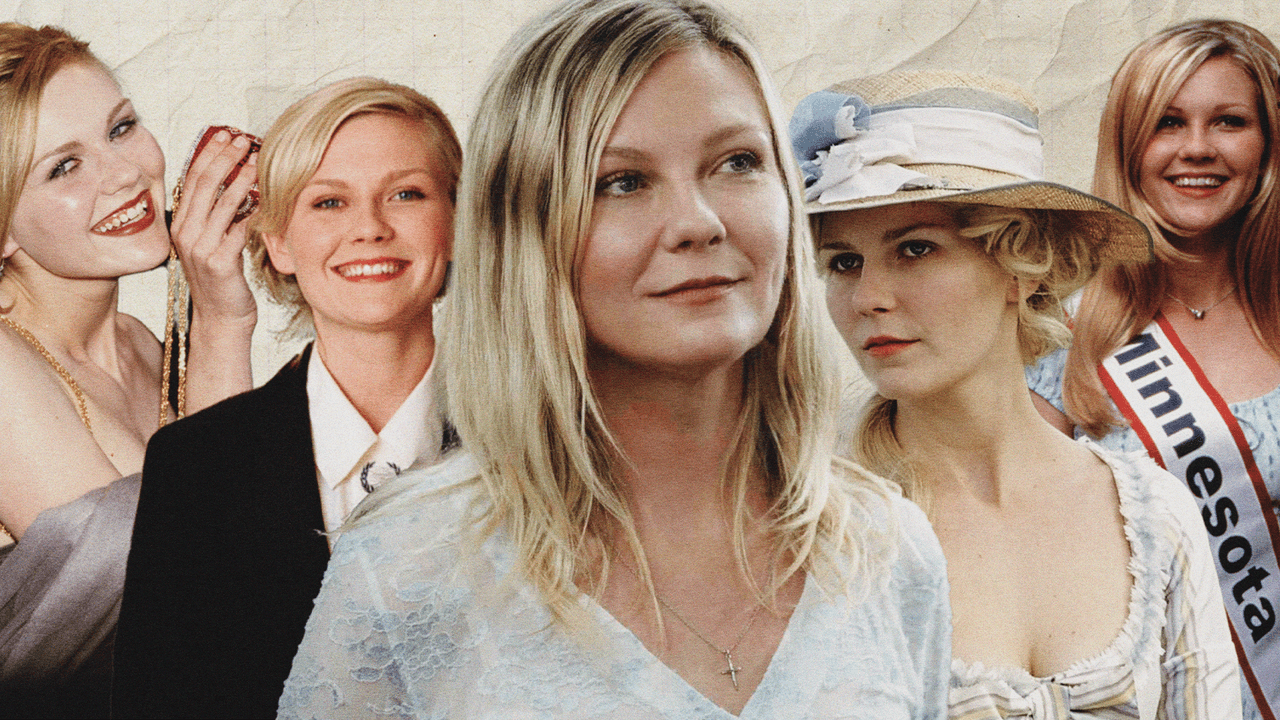
For years, I was a diehard smartwatch fan. I loved tracking my exercise, steps, and—as the technology began to evolve—other metrics like sleep, recovery, and more. Having unique insights about my health and activity all laid out in easy-to-read data helped me better plan my workouts, and understand why I might be feeling out of it (spoiler: it was usually because I had a glass of wine the night before or stared at my screen too late). However, I started to tire of always having a wearable strapped to my wrist—I didn’t always want to be sporting a noticeable smartwatch, and I began to get annoyed by excess notifications.
Then, fitness rings hit the market—first the Oura ring, and then followed by, most notably, the Ultrahuman Air ring. After working as a health and fitness journalist for over a decade, I’ve had the privilege of testing dozens of fitness trackers for myself—and tracker rings quickly became my favorite way to collect consistent health data. After testing both popular devices, I’m sharing my honest reviews on each (including their design, metrics, and overall experience), along with how they compare to the other.
In This Story
Oura Ring 4 vs Ultrahuman Ring Air
For me, the biggest draw of both of these rings is the fact that they look like a subtle piece of jewelry. Nevertheless, they offer an abundance of metrics—some of which they have in common, and some which are unique to each ring—and, in my experience, are often more accurate with sleep data than other wearables. Compared to a smartwatch or other fitness trackers, these rings also have an impressively long battery life (four to eight days), which is such a game-changer to avoid interruptions to continuous health measurements. And, since they’re considered health-supporting devices, they are covered by HSA/FSA. I tested them out side-by-side, one on each hand, and here are my thoughts on how they stack up.
Design + Wear
“Oura rings feel like the wellness world’s greatest signifier: the ring is instantly recognizable to anybody in the know and anytime I’ve talked to somebody who also had one on (Jennifer Aniston, Emma Corrin), they’ve always wanted to talk stats. What’s your sleep score can be the ultimate brag in a way,” Vogue‘s senior beauty and wellness editor Margaux Anbouba says, calling it “the OG and most prevalent chic wearable tech out there.”
Both are available in six different different finishes—Oura is available in Silver, Black, Brushed Silver, Stealth, Gold, or Rose Gold; while Ultrahuman comes in Silver, Black, Brushed Silver, Stealth, Gold, and Rose Gold—so you can decide on the look that best-suits your personal style. Personally, I’ve been on a mixed-metal kick, so I opted for a gold Oura and a silver Ultrahuman.
As mentioned, what’s great about both of these options is that they actually look like jewelry (some people on TikTok have even shared tips for creating a gorgeous ring stack with them). Their designs do slightly differ, though. The Oura has a beveled edge, which makes it appear to have a smaller width than its more squared-edge counterpart, although they are technically the same width (depending on ring size). The Ultrahuman, however, is a bit thinner (2.45mm vs. 2.8mm). Personally, I think this combination of details (thickness and width and shape) makes the Oura option look somewhat more like an actual ring—in fact, I often get compliments on that ring before people realize it’s actually a wearable.
#Oura #Ring #Ultrahuman #RingWere #Settling #Debate






